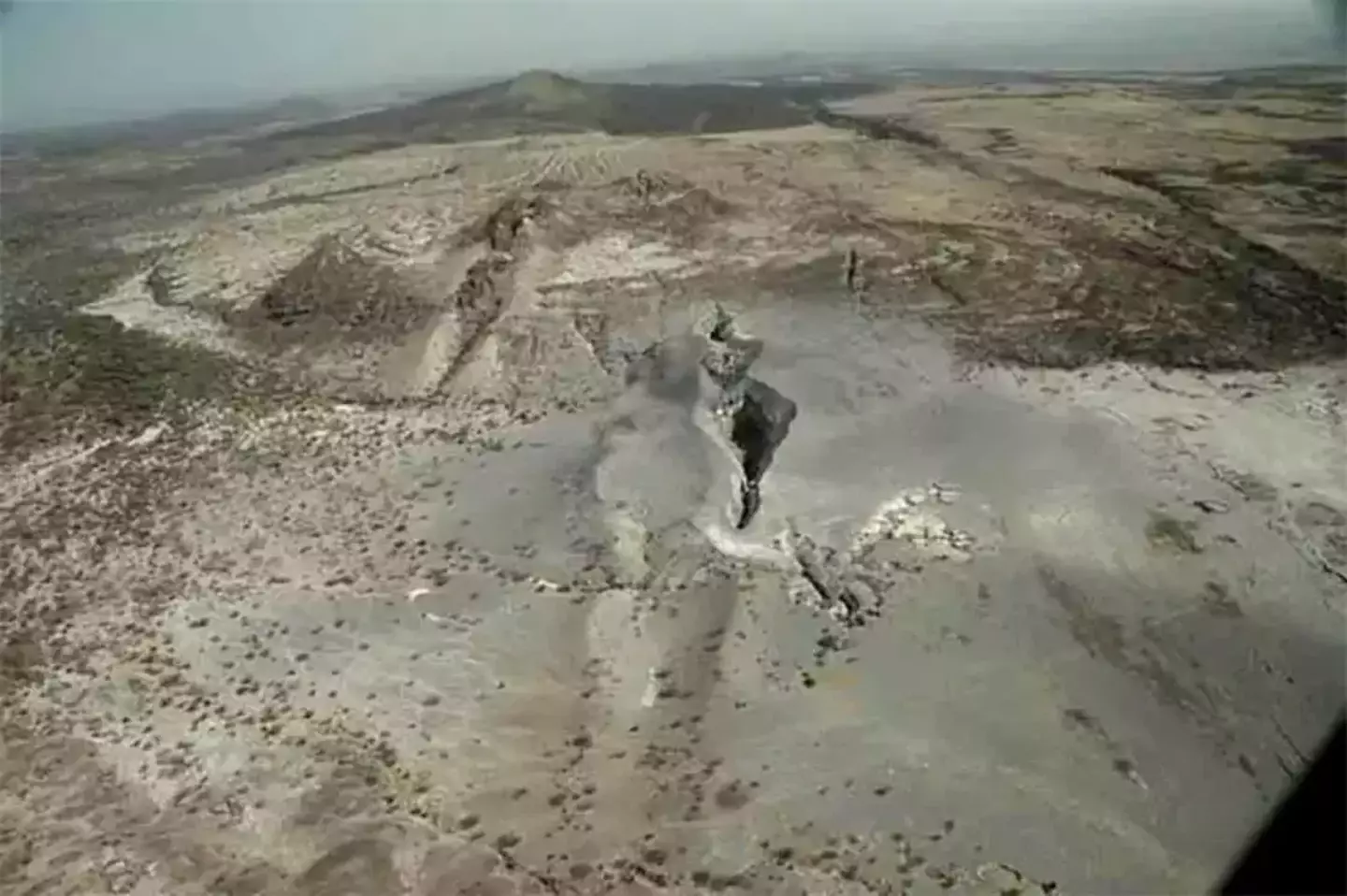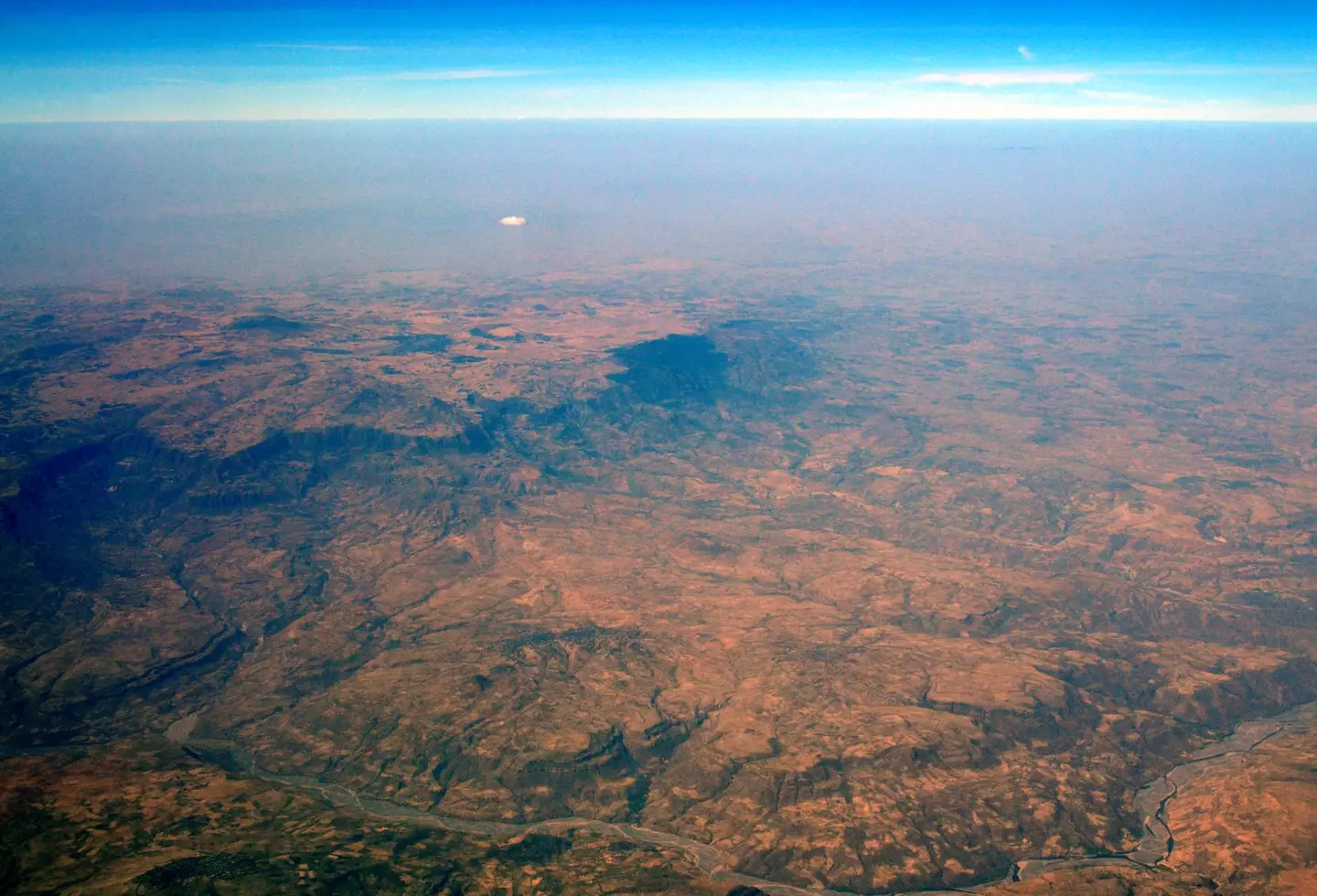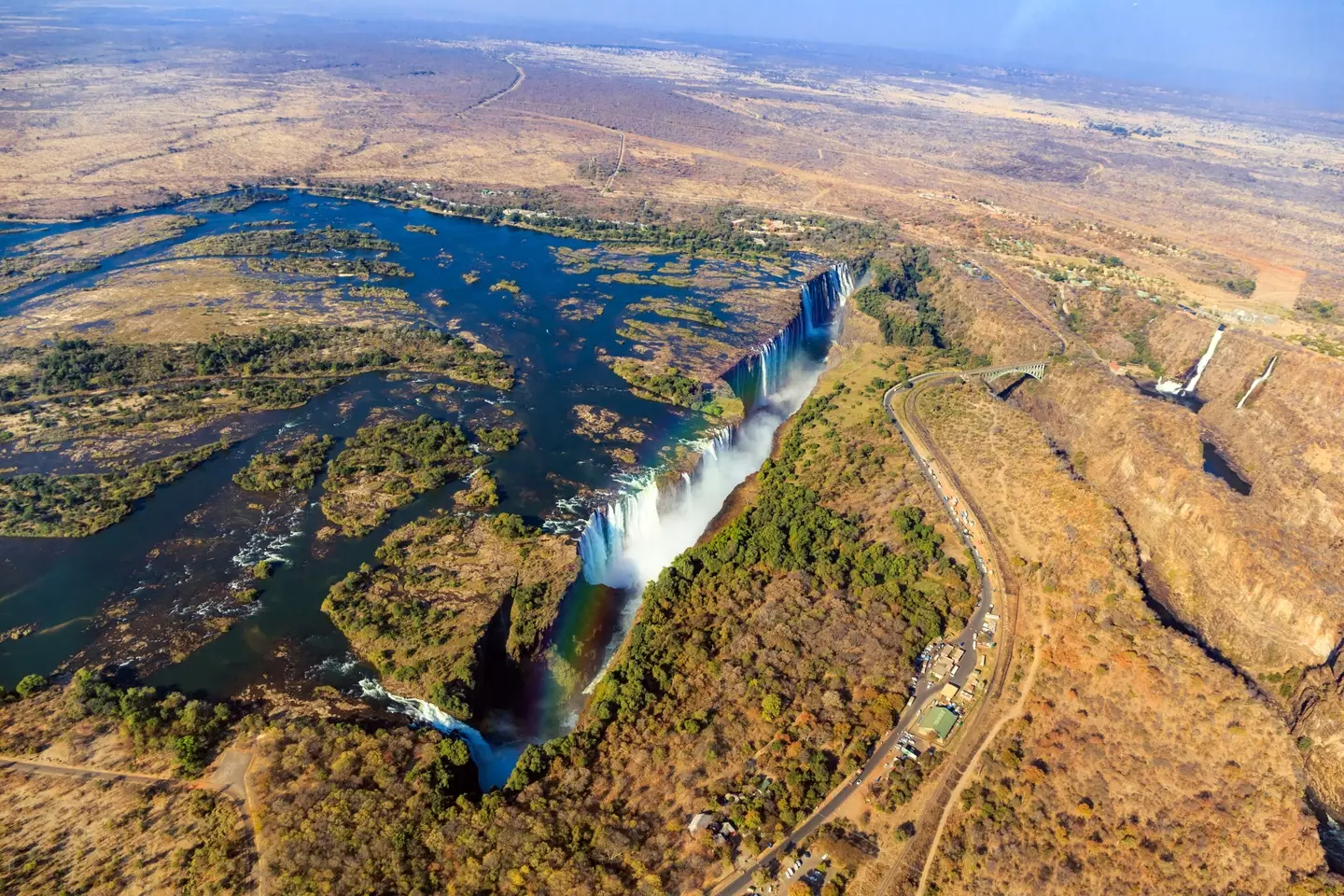
Geologists are growing convinced that a new ocean is being created in Africa as the continent continues to shift apart.
Countries like Zambia and Uganda, which are currently landlocked, could one day have their own coastlines due to the East African Rift.
The rift has received more media attention in recent years, following a sudden large crack that appeared in Kenya in 2018.
This crack caused massive destruction in the south-western part of the country, and lead to part of a local highway collapsing.
Advert

There has been an ongoing debate as to what was the cause of this crack, with some arguing it was directly caused by the East African Rift.
However, some geologists have said it was due to soil erosion.
Postdoctoral researcher at Royal Holloway University of London, Lucía Pérez Díaz suggested a combination of two. She said the crack could also be because of the erosion of soft soils infilling an old rift-related fault.
Advert
The most important question, however, is why this is happening.
While the Earth’s changes may not seem noticeable to us, tectonic plates are constantly moving.
The Earth's lithosphere, which is formed by the crust and the upper part of the mantle, is broken up into a number of these tectonic plates.

Advert
As mentioned, these plates are not stationary, and the movement causing them to move around can also rupture.
This can lead to a rift forming and the creation of a new plate boundary, which Diaz says is happening at the East African Rift.
The East African Rift itself stretches over a staggering 3,000km from the Gulf of Aden in the north towards Zimbabwe in the south.
As a result, it splits the African plate into two unequal parts: the Somali and Nubian plates.
Advert
The rift has varying different attributes across its 3,000km distance, with the south seeing faulting occur over a wider area, and volcanism and seismicity are limited.

But if you head towards the Afar region, the entire rift valley floor is covered with volcanic rocks.
Diaz suggested that this means the lithosphere has thinned almost to the point of complete break up.
Advert
This means over a period of tens of millions of years, a new ocean will lead to seafloor spreading along the entire length of the rift, which is apparently beginning to happen already.
After this the ocean will then flood in, ultimately leaving the African continent smaller and a large island made of parts of Ethiopia and Somalia sitting in the Indian Ocean.
Topics: Science, World News